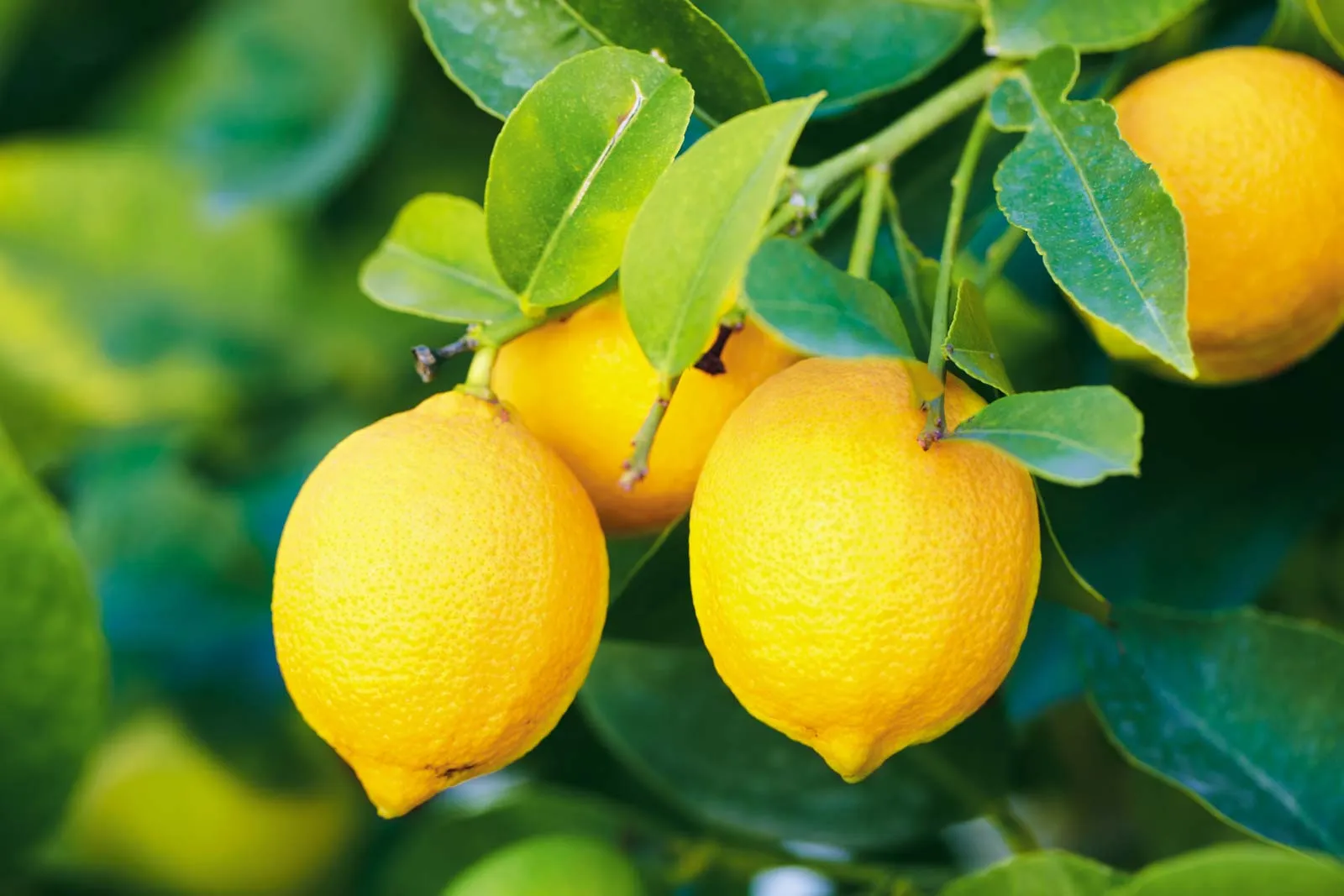Keepers of honey bees focused intently on wasps, birds, and invading insects may sometimes forget the four-footed kind of predator. Here’s a roundup of the most common furry animals that eat honey bees.
In addition to birds and bugs, there are many 4-footed animals that eat honey bees. Here’s a look at some of the ways you can control them.
A single bear can destroy an entire apiary
Damage from bears: Aside from human vandals, the most destructive animal visitors are bears. Bears are large, strong, and single-minded. And they have iron-clad memories that store your hive coordinates for future feasts.
Bears are lethal to apiaries because they eat brood and honey. But that’s not all. In addition, they destroy your hives, frames, stands, lids, and anything else that stands between them and the goodies.
What you can do: Of course, not everyone has bear problems, but if you live in their neighborhood, a little planning can go a long way. Most beekeepers opt for some kind of electric fence, although even the best ones have their limitations.
Check with beekeepers in your area to learn what system works, and how to set it up. Some people like to bait the bears with bacon wrapped on the electric wires, hoping a discouraging zap to the mouth sends them away. Others use noisemakers, lights, or cameras to keep tabs on any peckish bears that happen by.
If your apiary gets destroyed by bears, it’s usually a good idea to find a new location. A bear will recheck any good eatery, sometimes for years to come.

American badgers raid hives for bees and honey
Damage from badgers: American badgers are large carnivorous animals that dig into the borrows of ground-dwelling animals such as mice, squirrels, and groundhogs. However, they will make an exception for bees and honey.
Badgers are large and heavy enough to knock over a hive, and sometimes you can see claw marks around the openings. Because they do not hibernate, they actively hunt all year long.
If a badger tosses the hive or removes the lid, it will steal full combs of bees for a quick snack. They do not hibernate but remain active all winter. Weighing 10 to 24 pounds, they can work up a major appetite on a cold winter’s day.
What you can do: One of the best deterrents for badgers is a ratcheting tie-down. Strap it top to bottom around your hive to keep the lid in place and the boxes together. If possible, strap your hive to a sturdy hive stand with concrete footings.
Raccoons are smart with nimble fingers
Damage from raccoons: Raccoons are large, intelligent, nimble-fingered creatures that will toss a lid off a hive just to see inside. Raccoons are not the great destroyers that bears are. They will eat honey if they can get it, and they enjoy snacking on bees.
Although raccoons don’t do lots of hive damage, their innate curiosity causes other problems. For example, if they remove a lid, they expose the colony to the elements. It loses its heat and becomes vulnerable to other predators. Even the persistent sound of scraping and prying can disrupt the colony.
What you can do: I like to keep my hives together with tie-downs strapped around the entire thing. Many people prefer to use heavy objects on top, like rocks or bricks, but a big raccoon can often just push these aside. Regardless of your preference, something that holds the lid in place will usually discourage a raccoon.
Opossums will eat bees at the hive entrance
Damage from opossums: Although they have similar habits, opossums are not as large or dexterous as raccoons. At night, opossums may crawl onto the hives, but they are not skilled at removing lids. I often find them eating dead bees from the ground at the base of a hive (see the above photo), but I’ve never seen one open or damage a hive.
They can, however, disturb the bees by their presence. If they annoy the colony enough, the bees will come out of the entrance hole to see what’s up. Once they come out, an opossum will simply stand on its hind legs and lick the bees right off the landing board. Yummy in the tummy.
What you can do: One fix is to use a hive stand that is at least 18 inches high, something that makes the bees harder to reach. Some beekeepers move the entrance higher on the hive, perhaps above the brood boxes.
Alternatively, you can use something like a Havahart trap to catch the critters and move them somewhere else.
Skunks like to scritch-scratch in the night
Damage from skunks: Like many small mammals, skunks thrive on an insect diet. Instead of eating the entire bee, they just suck the juice from the inside and toss the rest. You can think of it like eating shrimp: eat the flavorful part and leave the shell.
Skunks are famous for leaving scratch marks all around the hive entrance. They paw the surface, making noises that cause the bees to investigate. And once they come out, the skunk scarfs them down, one at a time. If you examine the ground around a scratched entrance, you can often find heaps of hollow bee bodies.
What you can do: For skunks, Havahart traps are not the best idea. They work well, but there are consequences of placing a skunk in your trunk. Repelling skunks is a better alternative.
Often, elevating a hive or the hive entrance works for skunks just as it does for opossums. Stretching to reach the entrance hole exposes the skunk’s tender underbelly to the wrath of stinging bees, so they soon give up.
However, some beekeepers prefer to use a nail board at the front of the hive. To make one, you hammer multiple nails into a piece of plywood that’s at least as wide as the hive.
The nails must go all the way through and come out the other side. When you place the board sharp-side-up in front of the hive, the skunks no longer have a comfortable place to stand, so they move on.
Some beekeepers use chicken wire or poultry netting works to fence a hive that is troubled by skunks. This works because skunks can’t climb it. Other critters, however, are undeterred by net fencing.
Also Read: Africa will outperform the world in economic growth, AfDB projects
Mice don’t eat bees but they can starve a colony
Damage from mice: Mice sneak into your hive in early fall, which gives them plenty of time to build a cozy nest for the winter. The mice usually just run through the front entrance, paying no heed to the hordes of bees. I’ve also seen them enter through holes in a screened bottom board, so be sure to keep any screens you have in good condition.
Remember that mouse skeletons are extremely flexible. They are famous for folding into spaces that, to us, look way too tiny. The smallest hole in your entrance reducer is plenty of space for a mouse.
The mice build nests with whatever is available. In my area, they use moss that they knit into a large hole they’ve torn into the wax combs. Sometimes the completed nest spans three or more frames.
Nesting mice won’t kill your bees outright; instead, they can starve the entire colony. The mice munch on pollen stores and honeycombs for their winter sustenance. Sometimes the first sign of mice is honey running out of the entrance or dripping onto the bottom board, so you should always investigate unexplained honey drips.
Another hint of mice is unexplained debris on the bottom board. Mice might drop pieces of wax comb, nesting material, and fecal matter. If you suspect mice, take a sniff: the scent of mouse urine can become overwhelming inside a beehive. If you have an infrared camera such as a FLIR, you can sometimes see the exact location of the nest.
What you can do: To deter mice, install a mouse guard. These are metal entrance reducers with tiny holes drilled into them. The holes are not much bigger than a bee, and because they are round and not rectangular, the mice can’t squeeze through.
The main thing with mouse guards is to install them early enough in the fall. Often, beekeepers wait until the nest is already established.
Shrews slurp the soft inside parts of a bee
Damage from shrews: Shrews are mouse-like creatures that feed directly on bees. They like to bite off a bee’s head and then suck the innards from the bee’s thorax. When finished, they discard the exoskeleton like a used paper cup.

Shrews snatch bees one at a time from the outside of a bee cluster where the bees are cold and sluggish. They take their prey to a safe place, pop off the head, and feast. Shrews have a fast metabolism and eat frequently to stay warm.
What you can do: Shrews don’t live in a hive, but freely come and go because they are so small. They require an opening of just 1 cm, so a normal mouse guard won’t slow them down.
Read also: My interest is deeply rooted in beekeeping, nobody can stop me – Teenage beekeeper share experience
Some beekeepers use quarter-inch hardware cloth to keep them out, but mesh that small knocks pollen from the legs of honey bees and does not allow drones (or a queen) to come and go. You can only use mesh that small when the bees are not flying.

Other animals that eat honey bees
In addition to the animals listed above, a few others eat honey bees, too. Some beekeepers suspect weasels, voles, and even mountain lions may occasionally eat honey bees or their brood. An animal’s selection of entrée has a lot to do with how hungry it gets.
Just remember that many beekeepers go for decades without experiencing any of these predators, so don’t worry too much. The longer you keep bees the more you will understand which bee-eating animals may be watching your hives.














